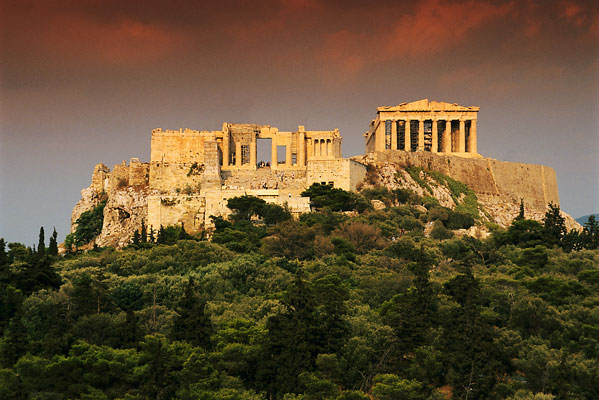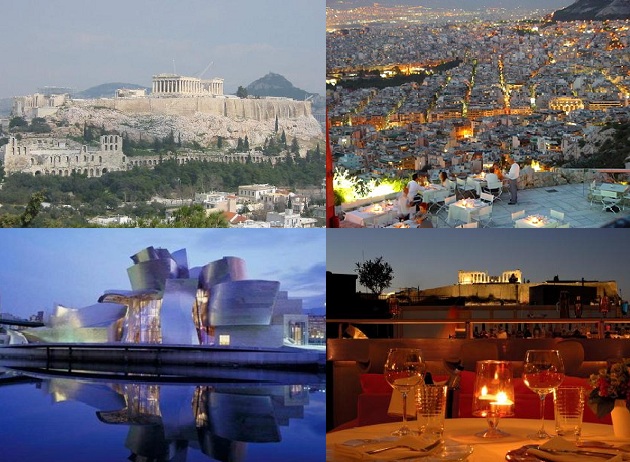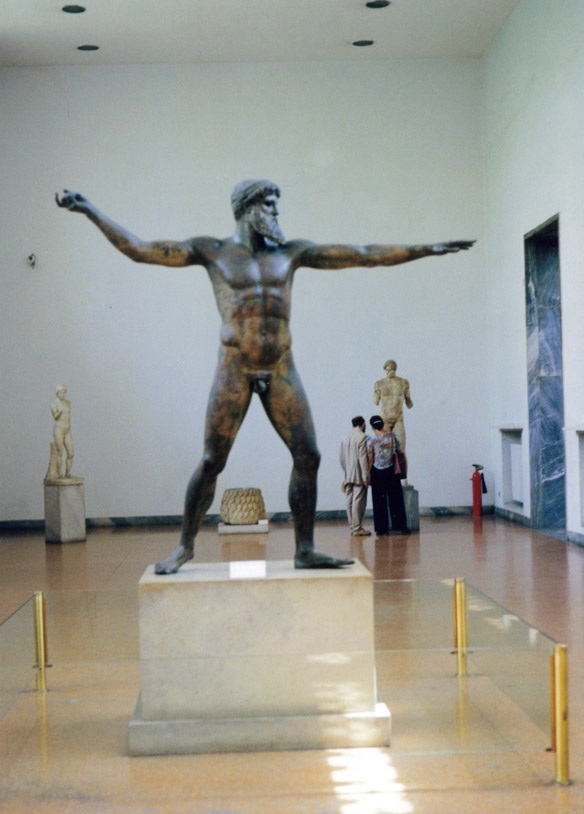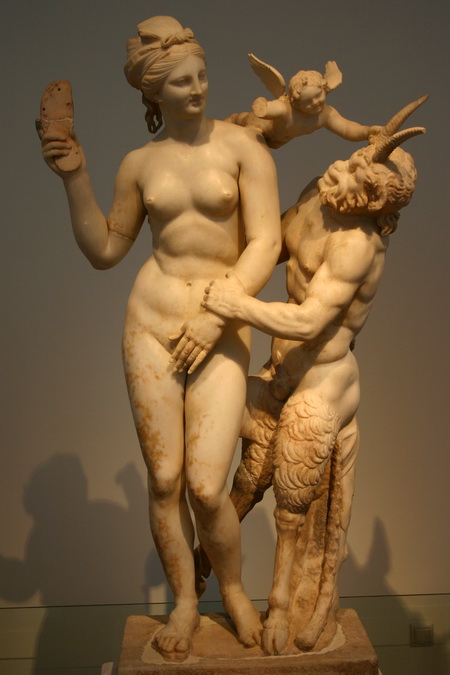Top Attractions of Athens, Greece
History
Athens was colonized in the third millennium BC. Cultural Politics and the city flourished during the reign of Pericles. In the next century, Athens was still important, but without political power. In the Middle Ages, the Byzantine trade routes already run the other way and the city was insignificant during the Turkish hegemony. It was only in 1834 when King Oto I made the capital Athens.
the civic center of Athens is the ancient Agora. The Acropolis, symbol of Athens and dominant, was a religious center and a fortress. Other famous landmarks include the Parthenon temple, the Erechtheion with Caryatids and the Theatre of Dionysus the oldest in the world is.Zeer popular Hadrian Arch, and the Olympian Temple Zappeion Park, where exhibitions are held. The archaeological museum on the Acropolis hill is one of the finest museums in the world with its ancient artifacts. Important collections can also be found in the Army Museum and the Byzantine Museum. The old cathedral from the 12th century and 11th century Kapnikarea were preserved from the Byzantine era. Newly built city gardens, fountains and ancient statues are just very green area of Athens.
Art center
Syntagma Square is the heart of modern Athens and many shops, cafes and boutiques here. Everything is in typical Greek fashion lively presentation. Athens is famous for its nightlife. Locals want to stay up all night and is a part of their lives. Most of the bars, discos and clubs open until morning.
The Winter Olympics were held in Athens twice, in 1896 and 2004.

Practical information
Athens has its own airport, port and three metro lines. It consists of an urban tram network, 4000 buses and 14,000 taxis.
District
In the city, a number of tourist attractions, including Piraeus, about 9 km, The Acropolis in Athens, about 1.4 km, about 64 km Epidauros, Monastery Dafnion about 9 km, Beach Otzias about 64 km, Rafína about 24 km, about 12 Glyfada Golf Club km, National Archaeological Museum of Athens about 0.7 km



